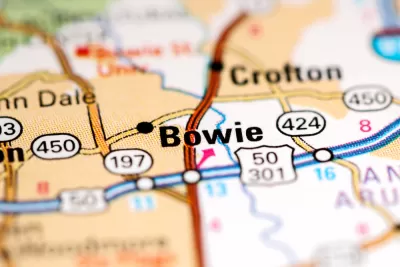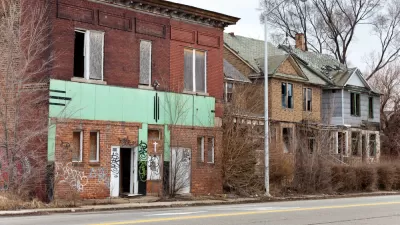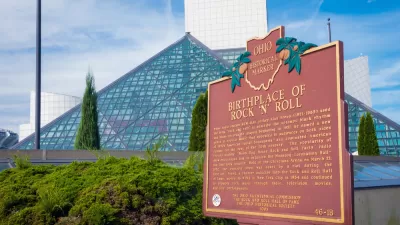The Economic Innovation Group has released its 2020 Distressed Communities Index.

"A shocking 70% of the nation’s 1,036 majority-Black ZIP codes are considered 'distressed,' while only 19 — 1.8% — rank as 'prosperous,'" according to an article by Andy Olin.
Olin cites the most recent Distressed Communities Index (DCI) from the Economic Innovation Group (EIG), in addition to focusing on the fact that two of the prosperous zip codes are located in Fort Bend County, Texas.
"Distressed communities are characterized by widespread poverty, high rates of unemployment and low levels of educational attainment. They also face stagnant or negative economic growth, which means little to no change in the prospects of those who live there," according to Olin's explanation.
"The seven metrics used to calculate a community’s score on the index were no high school diploma, housing vacancy rate, adults not working, poverty rate, median income ratio, change in employment and change in business establishments." Four out of the five most prosperous majority-Black ZIP codes in the country are located in Maryland, according to these metrics.
In total, the report estimates that 50.5 million Americans live in distressed zip codes, compared to 50 million in 2016. The report makes the case that the gap between prosperous and distressed grew in the United States over the course of the past decade, but despite the high ratio of distressed majority-Black ZIP codes, the share of the U.S. Black population living in distressed zip codes dropped between 2010 and 2018, according to the report.
FULL STORY: There are only 19 prosperous majority-Black ZIP codes in the US. The Houston area is home to two

Alabama: Trump Terminates Settlements for Black Communities Harmed By Raw Sewage
Trump deemed the landmark civil rights agreement “illegal DEI and environmental justice policy.”

Planetizen Federal Action Tracker
A weekly monitor of how Trump’s orders and actions are impacting planners and planning in America.

The 120 Year Old Tiny Home Villages That Sheltered San Francisco’s Earthquake Refugees
More than a century ago, San Francisco mobilized to house thousands of residents displaced by the 1906 earthquake. Could their strategy offer a model for the present?

In Both Crashes and Crime, Public Transportation is Far Safer than Driving
Contrary to popular assumptions, public transportation has far lower crash and crime rates than automobile travel. For safer communities, improve and encourage transit travel.

Report: Zoning Reforms Should Complement Nashville’s Ambitious Transit Plan
Without reform, restrictive zoning codes will limit the impact of the city’s planned transit expansion and could exclude some of the residents who depend on transit the most.

Judge Orders Release of Frozen IRA, IIJA Funding
The decision is a victory for environmental groups who charged that freezing funds for critical infrastructure and disaster response programs caused “real and irreparable harm” to communities.
Urban Design for Planners 1: Software Tools
This six-course series explores essential urban design concepts using open source software and equips planners with the tools they need to participate fully in the urban design process.
Planning for Universal Design
Learn the tools for implementing Universal Design in planning regulations.
Clanton & Associates, Inc.
Jessamine County Fiscal Court
Institute for Housing and Urban Development Studies (IHS)
City of Grandview
Harvard GSD Executive Education
Toledo-Lucas County Plan Commissions
Salt Lake City
NYU Wagner Graduate School of Public Service





























